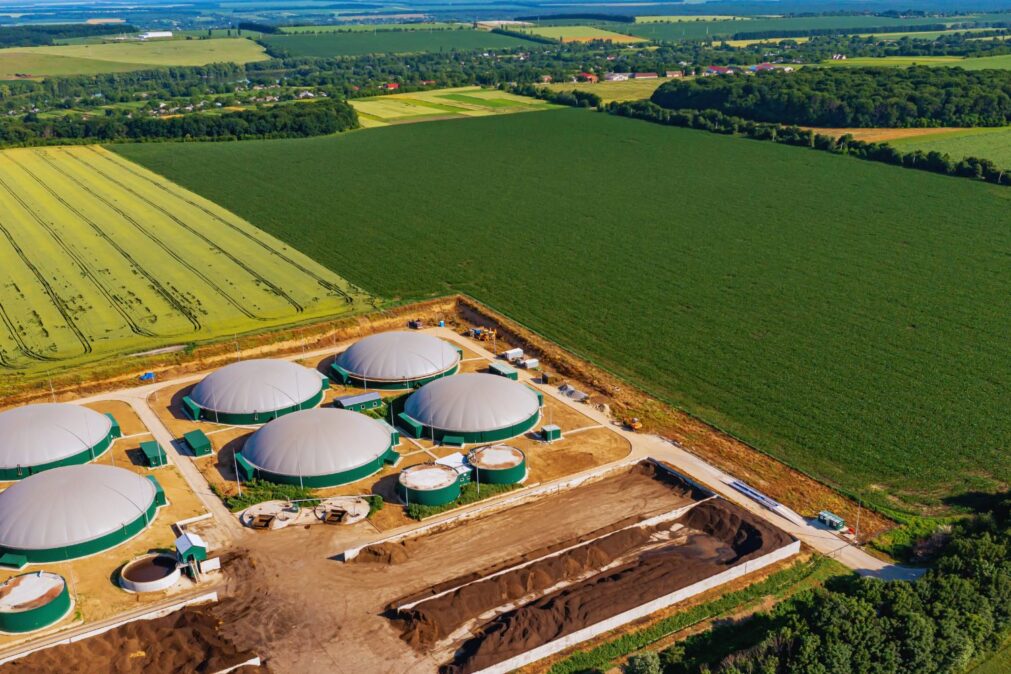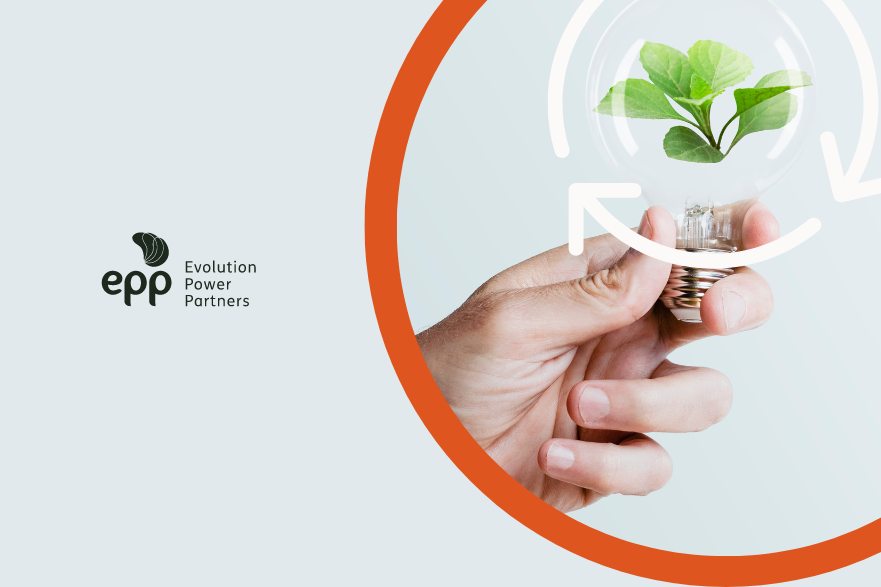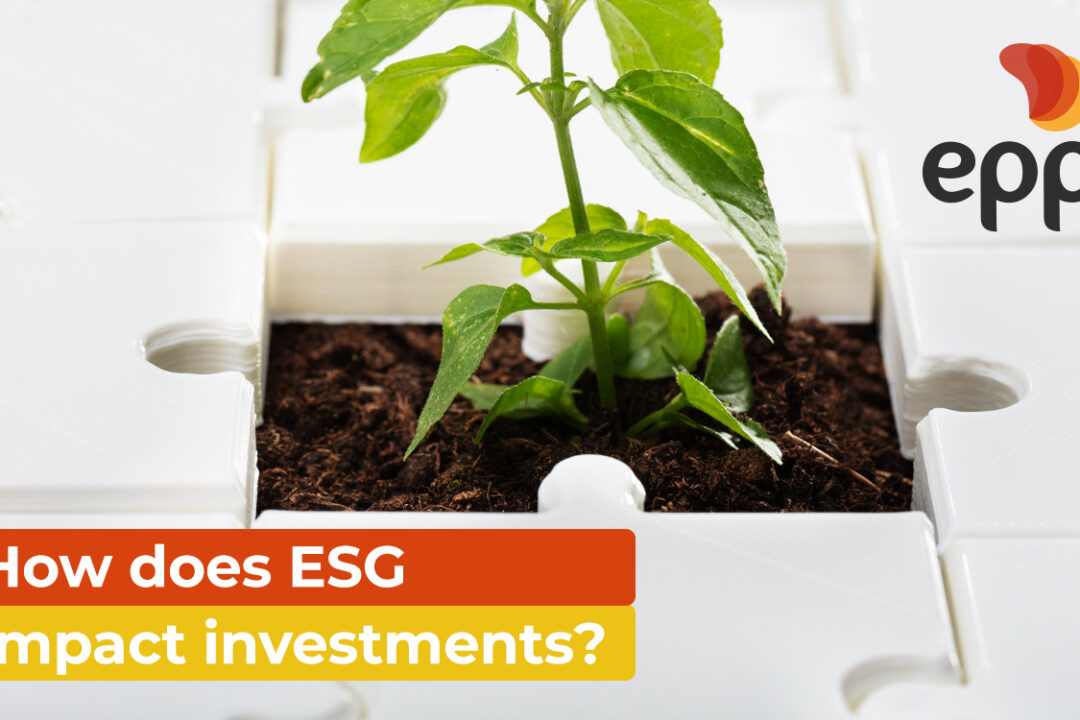In Brazil, 225 thousand tons of residential waste are generated daily. Of this total, half is made up of food scraps. Understand the importance of generating energy from landfills.
The energy generated from landfills contributes to a reduction in the emission of greenhouse gases, in addition to providing a correct and better disposal of organic waste. Landfills are the main resources used by government entities for disposal and treatment of solid waste produced by the population.
These places have techniques that guarantee the safety of the environment and human health, unlike what happens in open-air dumps. However, there is a lot of mismanagement in these places, negatively impacting society, economy and environment. That is, with good management and investment, it is possible to transform landfills across the country into power generation plants, with the production of biogas and biomethane.
The process of generating energy from landfills
The technology already allows the transformation of food scraps and waste into energy. Deposited in sanitary landfills, solid waste naturally generates methane and carbon dioxide, which are two greenhouse gases. Without treatment, they are released into the atmosphere and contribute to global warming. But, through a system of drains, the gas can be captured, treated and processed, resulting in biogas and biomethane.
In the country, the production of electric energy through biogas has grown in recent years, with the use of urban waste, livestock and agro-industry. According to the Brazilian Association of Biogas and Biomethane (Abiogás), the country’s production corresponds to the capacity to supply a city with 470 thousand people.
The major obstacle to the development of the sector is that about 95% of waste management is carried out by municipalities that have difficulties with investments and bureaucracy. In addition, as there is no waste separation policy in the country, 70% of the garbage transported in trucks is unusable and cannot be reused in biogas or composting plants.
How can biomethane be used in energy generation?
The generation of biogas in landfills starts after the first three months following disposal, and may continue for a period of 30 years or more. That is, although they are grandiose projects to implement, they generate returns for decades. The generation of fuels — biogas and biomethane — can be done by installing drains, which must reach the layers of garbage.
With the waterproofing of the base and cover of the landfill, the process of degradation of organic matter occurs better, increasing the production of biogas, as well as preventing contamination of soil and water. Thus, the extraction system forwards the gases to a capture system, which then goes on to treatment, to pass through filters and for the materials to be separated and removed.
Biomethane is the fuel generated from biogas. It is produced from the purification of biogas, in a process that eliminates the high carbon content of the compound and produces a fuel similar to natural gas. Therefore, compared to natural gas, biomethane reduces the emissions of carbon dioxide and methane in the atmosphere and presents itself as an intelligent solution for the management of organic waste.
With the acquisition of Gás Verde, Urca Energia became the largest producer of biomethane in the country, a sustainable biofuel that contributes to the preservation of the environment and has great potential to transform the energy matrix of Brazilian companies.
Biomethane is the ideal solution for your ESG (Environmental, Social and Governance, in Portuguese) strategy, as it is produced from landfill biogas and undergoes treatment and purification until it reaches the final form of a purified gas, green and clean.
EVA Energia operates in the distributed generation of renewable energy for companies of different sizes, offering sustainable solutions. Committed to the environment, EVA generates energy from its own biogas plants from sanitary landfills and swine farming. Together, they add up to about 20MW of installed capacity and also contribute to the circular economy, while generating savings in companies’ electricity bills.
For the future, the Brazilian Biogas Association (ABiogás) plans to install another 25 units over the next eight years, which together should produce approximately 2.7 million cubic meters of biomethane per day, according to the organization’s projections.
The expectation is that with the decarbonization goals signed by the country, the development of the National Policy on Solid Waste and other actions to promote biogas and biomethane, the market will invest more in this energy source. Is that you? What are the prospects for the growth of this source?






